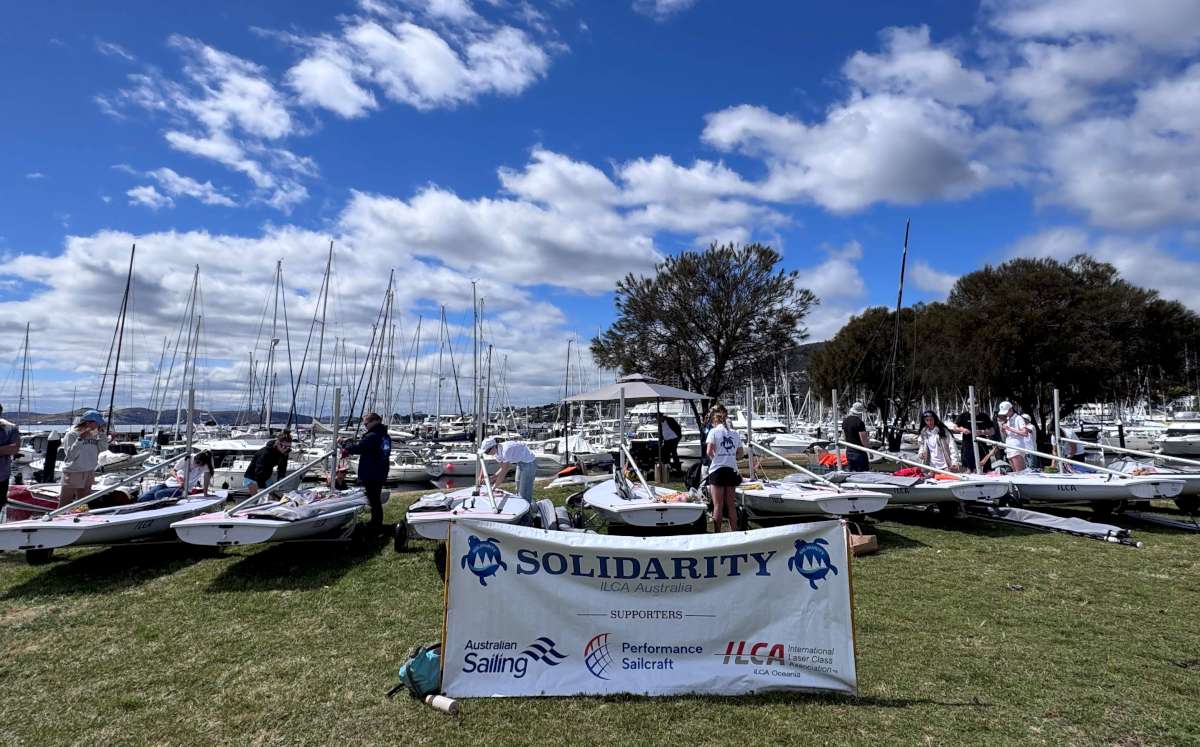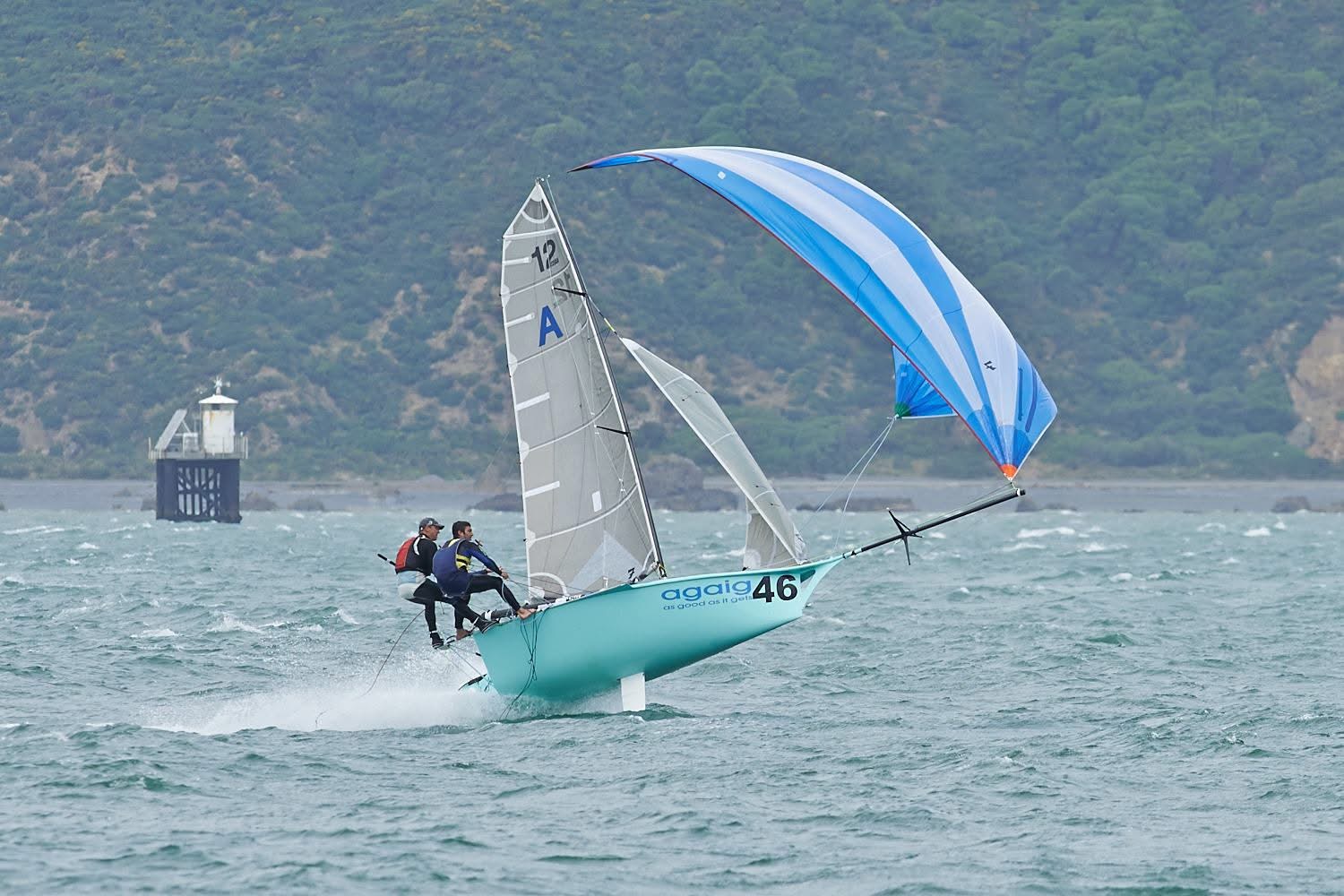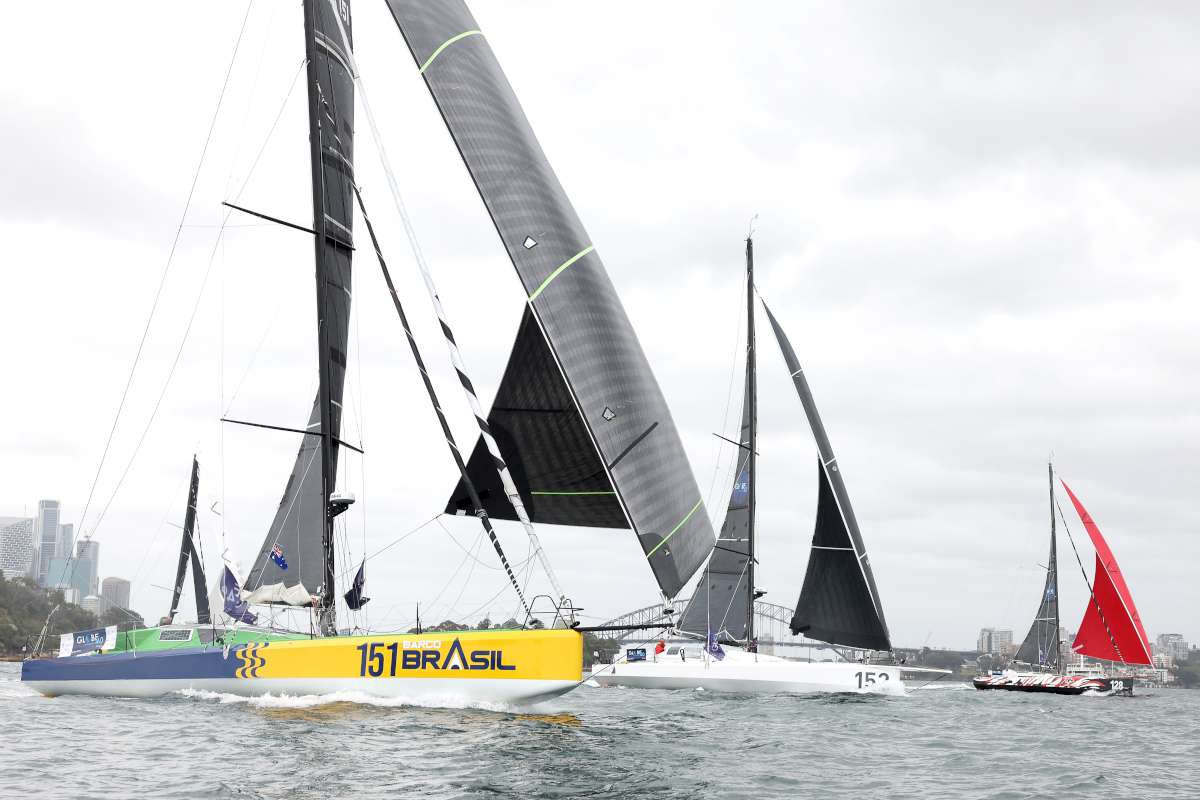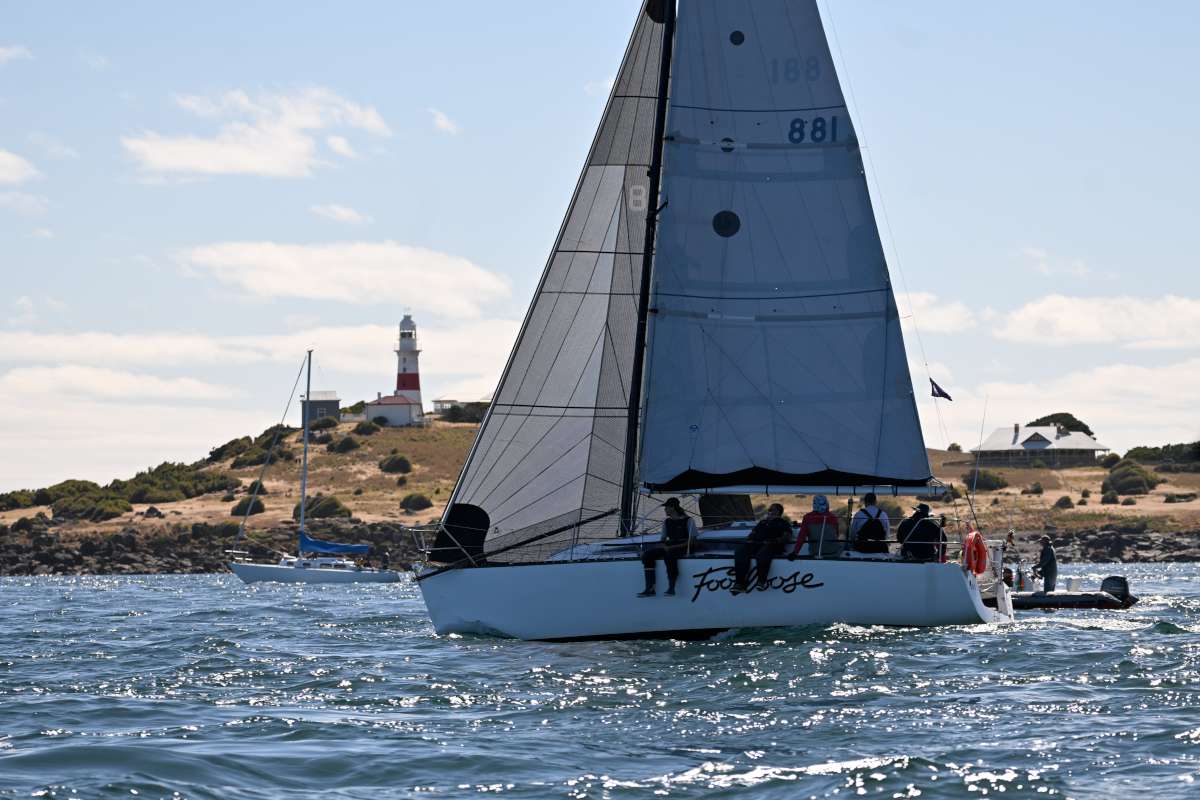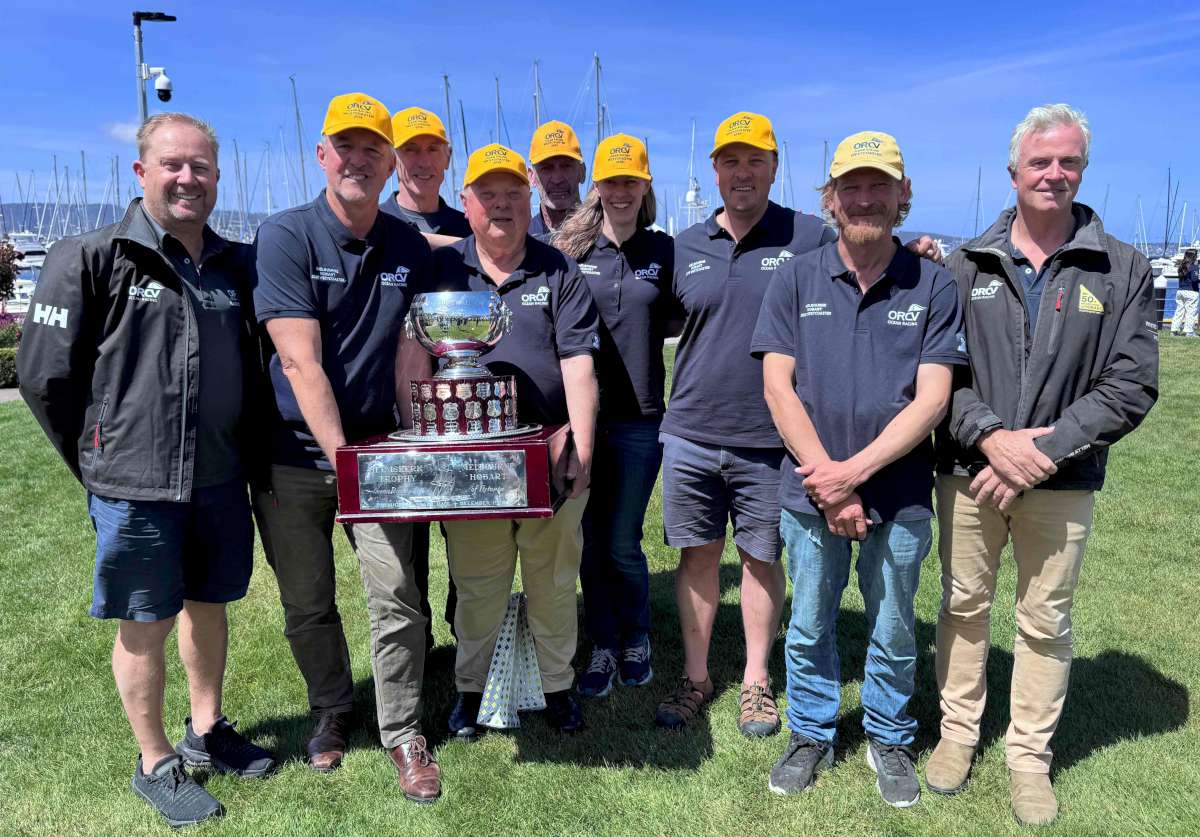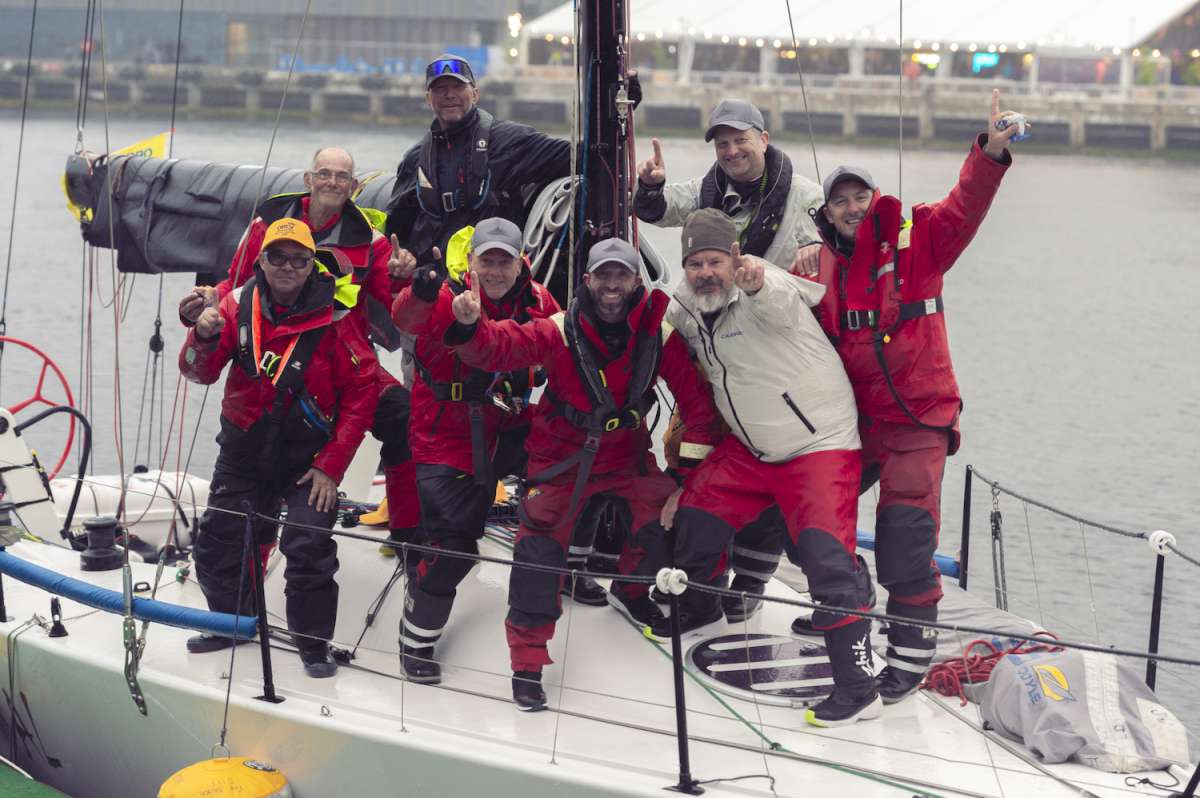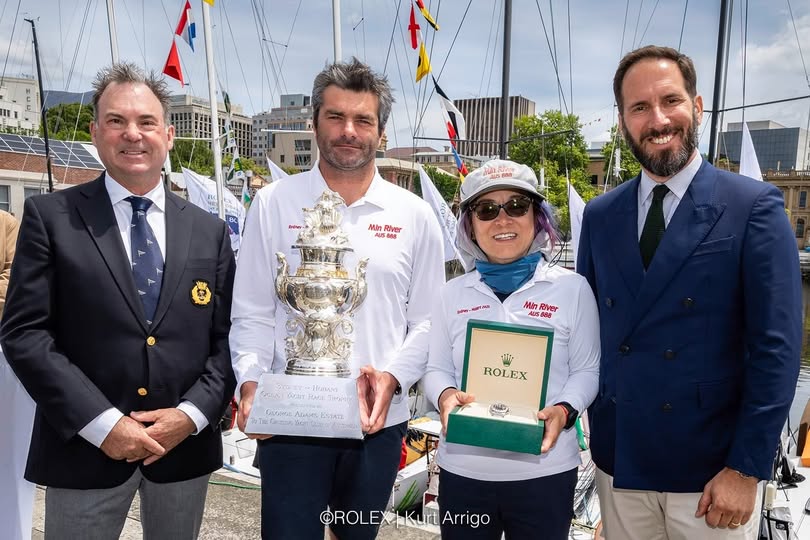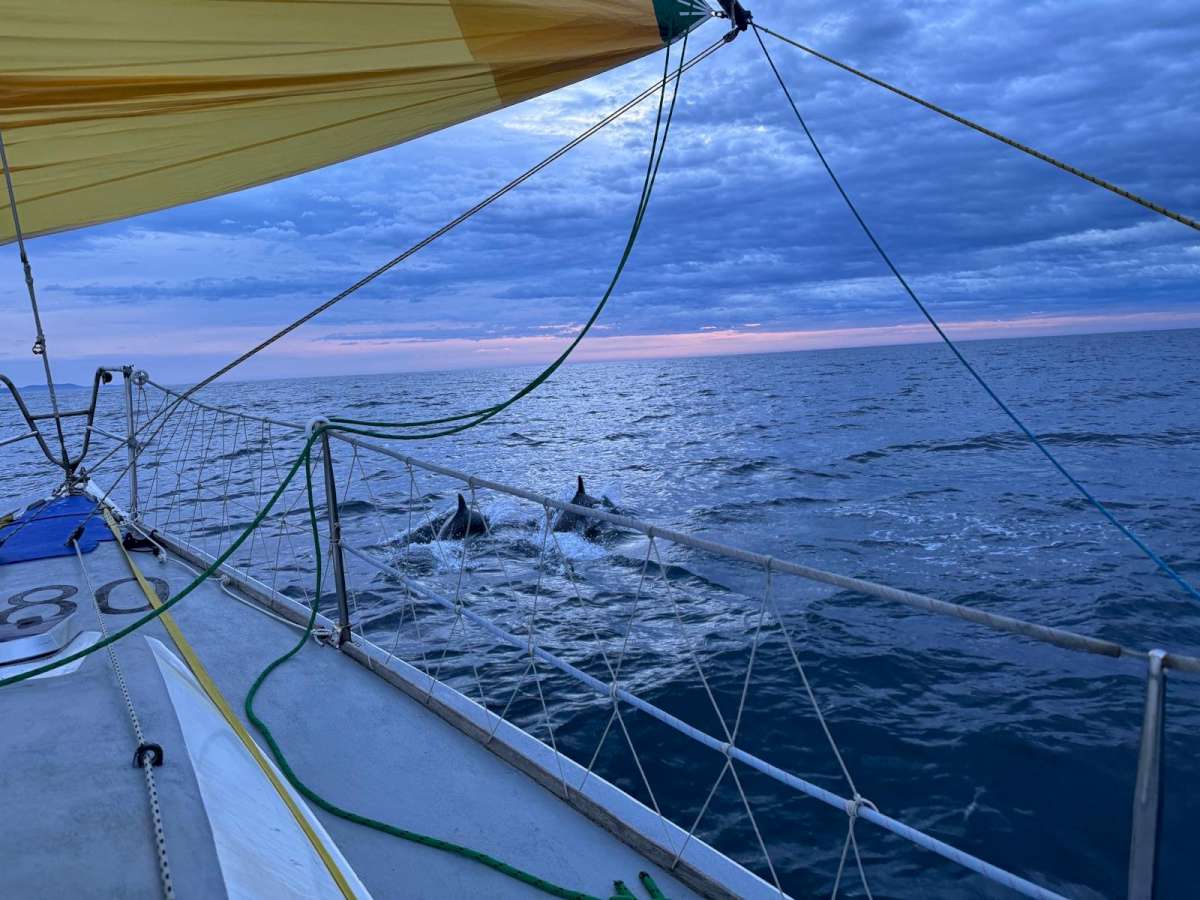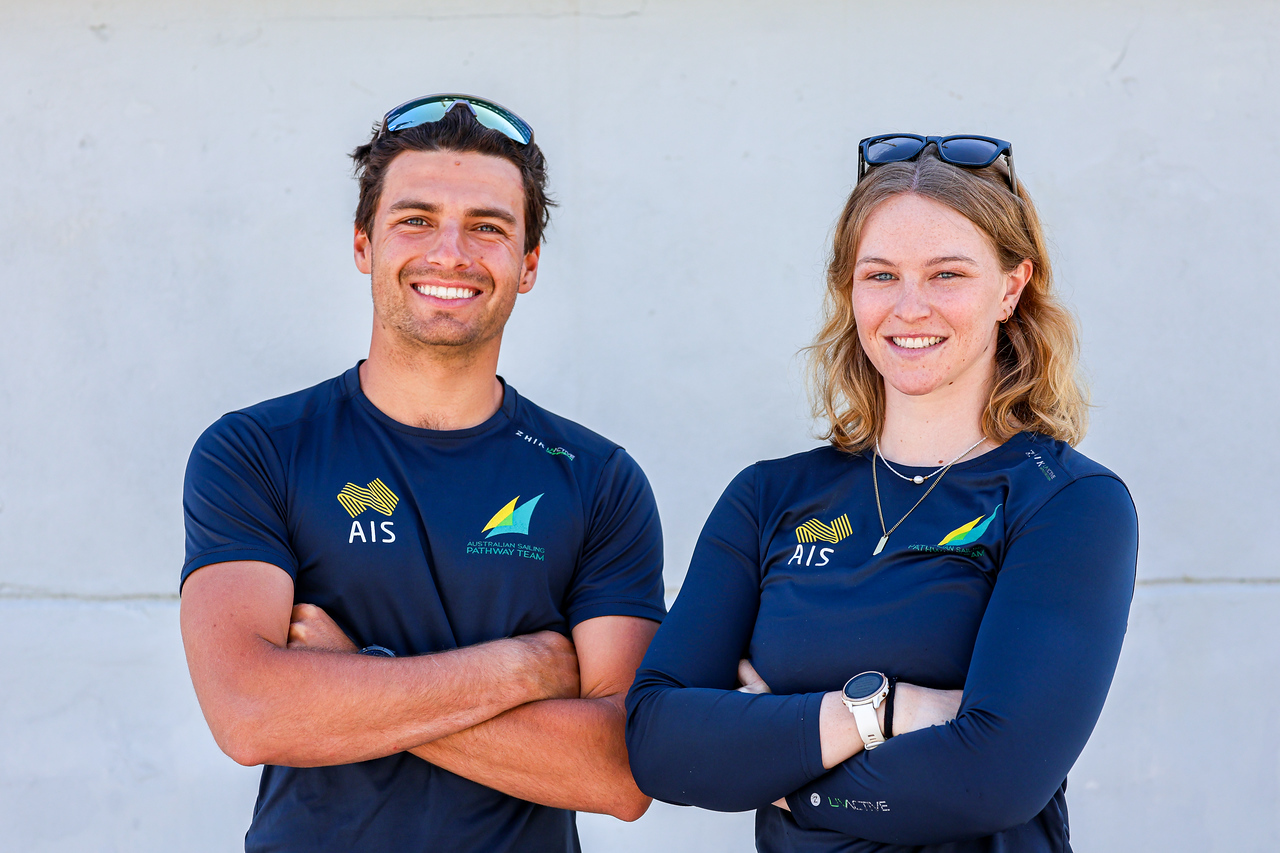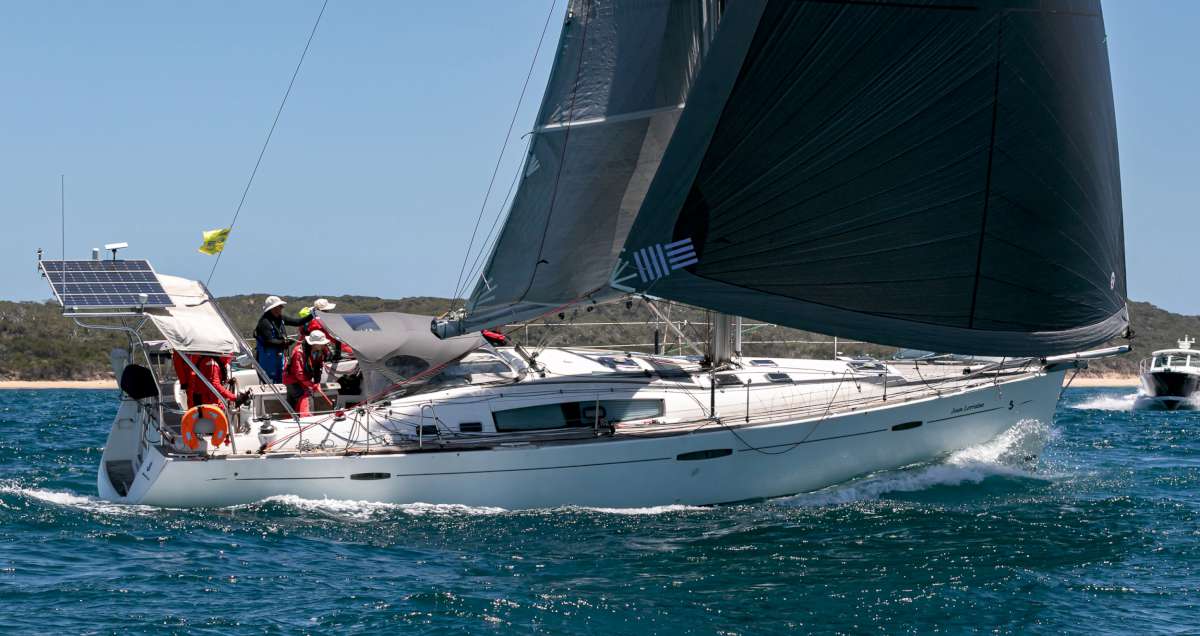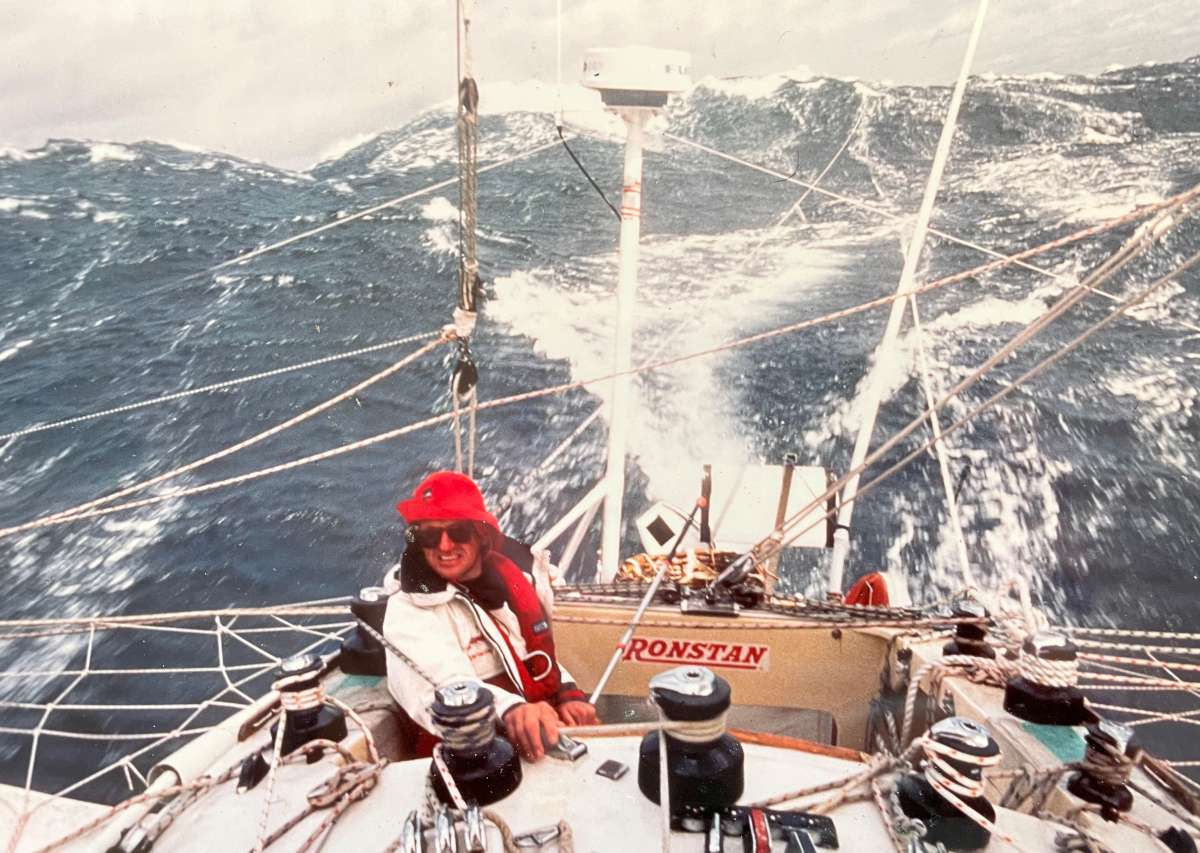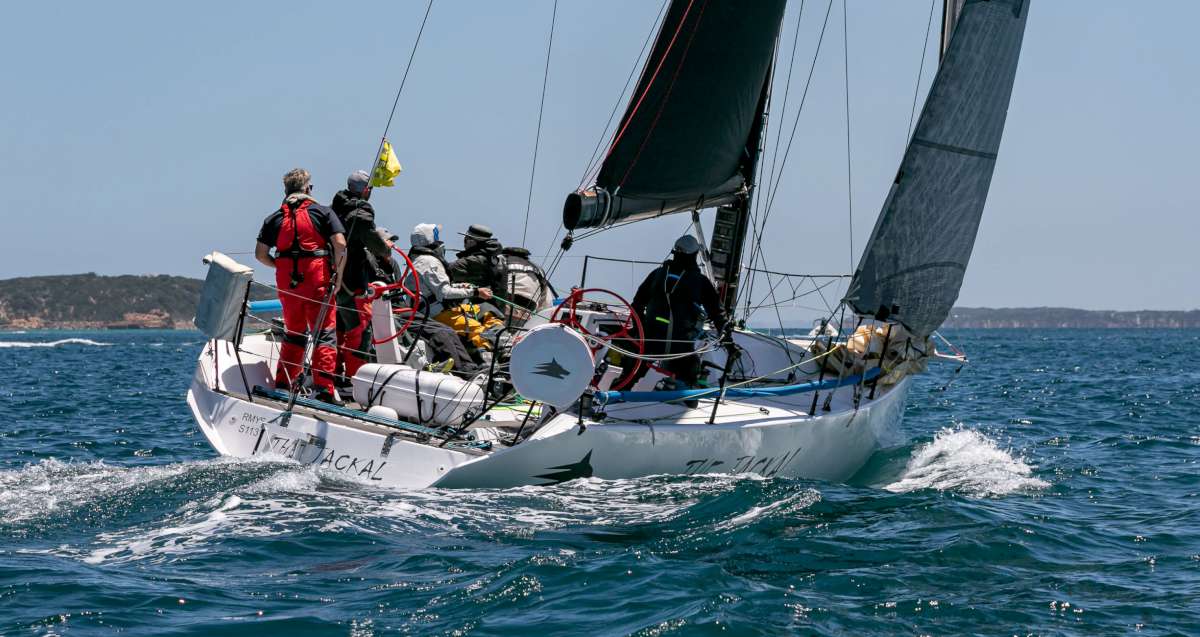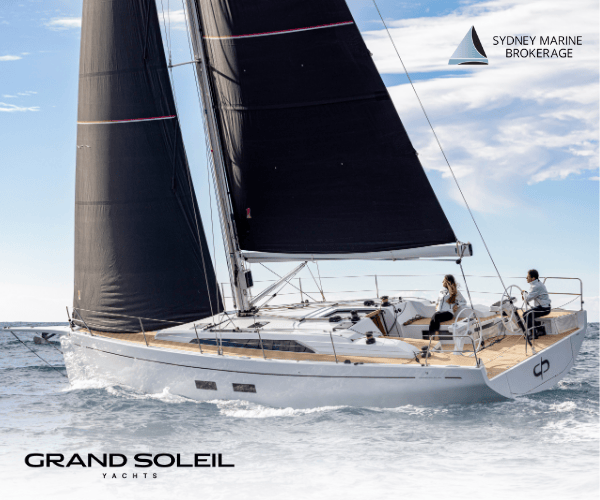Sometimes it is the little things in life that make all the difference.
It has been more than three and a half years since we left our native UK and set off to sail the world. Since then we have seen white-sand beaches galore, trekked through tropical jungle, swum in coral-fringed clear turquoise waters and been graced by visits from countless turtles, dolphins, sharks, rays and whales.
Yet our arrival into the cruising grounds of New Zealand, which saw us quite literally on the other side of the world from our cultural home, brings with it some rather familiar feelings as well as being a brand new country for us to start sailing in.
There’s no place like home
From A4 paper to 240 volt electricity, from eating Marmite to driving on the left, it is no wonder that a British cruising couple abroad would feel at home here. However, sailing south from Fiji also marked our first departure from the tropics since late 2011 and returning to a mild climate ruled by four seasons was distinctly more like England than all the other 31 countries that we had stopped in so far.
Aside from the nostalgic tastes of the local broccoli and seasonal strawberries that were both imported and prohibitively expensive elsewhere in the south Pacific, we were met by a hauntingly similar landscape to some of the UKs countryside and shores.
Like most boats crossing the Pacific from east to west our arrival point into New Zealand was Opua, in the Bay of Islands. From there our main cruising aim was to sail down to Whangarei, just north of Auckland, in order to do some much-needed work to the boat and even use it as a base for some land travel. So the cruising that I will explore here focuses on stops between these two points.
Bay of Islands
Entering into the country at Opua from any point in the Pacific is about as simple as port of entry clearance procedures can be.
There is a designated quarantine and customs dock at Opua’s Bay of Islands marina, where berthing is straightforward and alongside. It is even possible to do as a night entry, although I would not recommend this unless absolutely necessary. This is not because of any particular hazards to navigation but because one would miss the sheer beauty of sailing into the Bay of Islands in the light, a spectacular sight after many days at sea.
We arrived at the end of November and were suddenly hit by the coldness in the air, but perhaps our years in the tropics had turned us soft.
If not clearing into the country, or not in need of its facilities and services, you can anchor or take a mooring ball just outside the marina.
It is easy to get up to Kerikeri by road from here too, if you crave the hustle and bustle of town shops and cafes.
Across the way and probably the first sailing stop-off once leaving Opua, is Russell. It has a few different anchoring spots that relate to it, we opted for Matauwhi Bay as it has less traffic within the mooring field, which makes it a more comfortable spot. From here it is only a short walk into the town of Russell which has some lovely places to eat or sip something cool overlooking the water.
Opua makes a great jumping off point to explore the beautiful Bay of Islands.
The real delight of this cluster of little islands on New Zealand’s northland coast is that there are just so many possible places to anchor, in spite of the overall bay area being only 12 kilometres by 15 kilometres.
The islands are all very close together and there is an anchorage available for every wind direction and strength, which makes it ideal as a sail-training ground, as a place to take guests on board or even, as it was for us, a much longed-for respite of easy sailing after the challenges of the offshore and ocean passages of the Pacific.
The whole area is fairly sheltered from the prevailing wind meaning that sailing here is generally light with flat water, perfect conditions for a day-sail.
We took our time and visited a mere six out of at least 25 different anchor spots. Plus, with good water clarity (the whole area is a strictly monitored no-discharge zone), accurate charting and no reefs to worry about, it is the sort of place where you would not have to be too adventurous to even seek out your own suitable spots for dropping the hook.
Our arrival into the country coincided with the start of the prime, busy cruising season in New Zealand. Yet somehow, despite it being practically the most popular sailing destination in the country, the bay remains relatively uncluttered as there is simply enough space for everyone. On many occasions we were the only boat in an anchorage all to ourselves.
I emphasise the calm and quiet here because the appeal of the Bay of Islands lies purely in its topography. There are no shops, eateries, or other businesses in general. Here you can sail, stop and stare with no disruption to the natural environment surrounding you.
A good technique when wanting to island hop for a couple of weeks would be to stock up on food provisions in Russell or the nearby town of Paihia and simply lose yourself in the beaches and coves in the bay.
A typical anchoring spot in this area includes a short row to shore, no surf-landings or rough waves in general and
the main activity once ashore is a quick and relatively easy hike up to the lookout, the tallest point on the island.
Climbing up to the top at Motuarohia Island gives you a truly stunning panoramic view of the other islands and the bay.
It is a great location for getting out additional boat toys like a kayak or a paddle-board to really experience the clearness of the water. You can also swim, although it was not quite warm enough for us Brits to do so back in December.
The beaches are a mixture of sand, shell and pebble and provided another sentimental reminder for us of beachcombing on the UK coast as children. It was lovely to recreate this memory half a world away from home with our then 18 month-old daughter, pottering along the water’s edge, picking at hermit crab shells.
The wildlife here is another great draw. During our time sailing in the bay we saw blue penguins at Opua, bottle-nosed dolphins at Motuarohia and our first ever sighting of orca whales at Urupukapuka Bay. There are only around 200 wild orcas in New Zealand so we felt especially privileged to see three of them one morning while having breakfast in the cockpit.
It is so quiet here that often the arrival of such visitors is announced just by the gentle huff of their breathing. The air is punctuated by the call of sea-birds at all hours of the day and you can even stumble upon little nesting colonies on some beaches.
If fishing is a vital part of your cruising life there is an abundance of snapper to be caught, mussels to be gathered and scallops to dive for, so long as you abide by the limits set out by the local fisheries office. The seafood here is exceptional, given how clean the waters are kept and you can really taste the difference in flavour. Plus the size of the green-lipped mussels is quite extraordinary.
Moving on
Once you manage to tear yourself away the only sailing challenge to leaving the Bay of Islands is posed by Cape Brett. Careful watching of the conditions around this headland is advised.
Having said that, if you pick your day right you can sail or motor right between the cape and the outlying rocks, which makes a rather dramatic scene.
After rounding the cape the change in landscape is distinct. No longer are you entirely sheltered from the prevailing winds so passage southwards needs to be timed for somewhat benign weather, free from strong easterlies.
Turning the corner of the cape the full stretch of the northland countryside was revealed to us. It looks remarkably like home. Rolling green fields and hills punctuated by craggy cliffs and clumps of rich green, dense forest. We found ourselves soaking in the surroundings as a welcome diversion from years of palm trees; there was something so familiar, like a well-worn pair of jeans, in this rugged, wild expanse of green.
Anchorage spots along this coast share a common theme of tucking into a cove or around a spit of land to gain shelter from any easterly swell.
Again the distances are all quite comfortable for day-sailing, with passages ranging around 15 miles between stops.
Of these, probably one of the best for protection is Whangamumu Harbour as once inside you are almost landlocked with good holding and protection from even the strongest winds. As long as they are not from the north-east, it is only slightly exposed quarter.
Here we were again met by blue penguins and even caught a glimpse of a shark fin.
The beach is particularly interesting to pick along, looking at stones or shells.
Further south still is the picturesque isolation of Mimiwhangata Bay. With a lovely scramble you can walk all around the headland, from the calm waters lapping on the white sand shore of the anchorage to the waves crashing on the boulders on the seaward side.
When you are ready to reemerge into civilisation the harbour and marina of Tutukaka offer a nice choice of diversions ashore and great places to eat. The anchorage just south of Phillip Island and north of the moorings at Pacific Bay provides total weather protection and it is a nice spot to recharge after sailing southwards. Although the entrance can be a tricky proposition if encountering strong easterlies.
After idling here for a few days we pushed on towards our final destination, stopping in for a night at Smugglers Bay. Whangarei itself is 15 miles up the Hatea river and best to approach with the end of the rising tide.
Marsden Cove Marina, at the harbour entrance, is another port of entry if only arriving in New Zealand at this point. However, our sights were set on Whangarei Marina, in the town basin itself. It is rare to find a marina set right in the middle of town.
Passage upriver is pleasant and easy with a well-marked buoyed channel all the way up to town and a number of attractive little anchor spots on route tucked into secluded bays.
Sailors approaching the town basin now have the rather grand opening bascule bridge to herald their final arrival into Whangarei, which is opened on-demand by calling Bridge Control on the VHF.
Whangarei home
Whangarei makes a great base for getting boat work done as there are all manner of marine services and supplies available within a sheltered setting with flat water.
Upon our first arrival there was an unusual low coming through which gave winds of 65 knots out on the coast. Up in the town basin the wind topped out at 35 knots but, so far upriver, there was hardly even a ripple on the water, which makes
it an understandable choice as a location for seasonal sailors to leave their boats for a time.
From here you can hike or drive to a number of really beautiful spots, including the Whangarei waterfalls, native forests, mountain peaks, and even caves full of glowworms.
More importantly for us, it was to be our temporary new home as we were searching for a New Zealand base from which to explore the rest of the country by land. We also wanted to tuck our little family into a local community for a while after nine months on the go crossing the South Pacific.
More significant for us still as just a transient home, this is the setting into which our second anchor-baby will be born.
Yes, we are British but, with the gorgeous sailing, the comfortingly similar landscape, the warm welcome of the locals and, dare I say it, that spectacular Kiwi coffee, these two floating Londoners have found a very acceptable taste of England half a world away from home.
Jessica Lloyd-Mostyn




